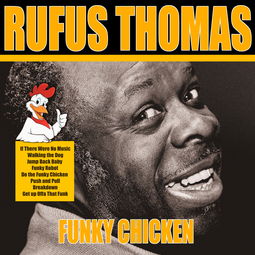How Do Poets Convey the Tone in Their Poems?
Understanding how poets convey tone in their poems is essential for appreciating the depth and emotion behind their words. Tone, in poetry, is the emotional atmosphere or mood that the poet creates, influencing the reader’s response to the poem. This article delves into various techniques that poets use to convey tone, offering a comprehensive guide to the art of poetic expression.
1. Word Choice and Diction

One of the most fundamental ways poets convey tone is through their word choice and diction. The selection of specific words can evoke certain emotions or set a particular mood. For instance, a poem with words that are soft and gentle may create a soothing, tranquil atmosphere, while a poem with harsh, aggressive words might evoke a sense of anger or intensity.
| Word | Emotional Tone | Example |
|---|---|---|
| Soft | Soothing, tranquil | Whispers, gentle breeze |
| Harsh | Angry, intense | Roar, stormy night |
| Dark | Sad, melancholic | Shadow, despair |
| Light | Happy, hopeful | Sunlight, joy |
2. Syntax and Structure

Syntax and structure play a crucial role in conveying tone. Poets often use short, choppy sentences to create a sense of urgency or chaos, while longer, flowing sentences can evoke a sense of calm or contemplation. The arrangement of words and phrases can also contribute to the overall mood of the poem.
Consider the following examples:
| Sentence Structure | Emotional Tone | Example |
|---|---|---|
| Short, choppy | Urgency, chaos | Run! Hide! Fight! |
| Long, flowing | Calm, contemplation | As the sun dipped below the horizon, casting a golden glow over the tranquil lake, I found solace in the quiet whispers of the wind. |
3. Imagery and Metaphor

Imagery and metaphor are powerful tools that poets use to convey tone. By painting vivid pictures and drawing comparisons, poets can evoke emotions and create a specific atmosphere. For example, a poem that describes a desolate landscape might convey a sense of sadness or loneliness, while a poem that describes a vibrant, bustling city might evoke a sense of excitement or energy.
Consider the following examples:
| Imagery/Metaphor | Emotional Tone | Example |
|---|---|---|
| Desolate landscape | Sadness, loneliness | The desolate landscape stretched out before me, a reminder of the emptiness within my soul. |
| Bustling city | Excitement, energy | The bustling city was a symphony of lights, sounds, and movement, a testament to the vibrant energy of life. |
4. Sound Devices
Sound devices, such as onomatopoeia, alliteration, and assonance, can also contribute to the tone of a poem. These devices create a rhythmic pattern that can enhance the emotional impact of the poem. For example, a poem with a lot of alliteration might sound playful and light-hearted, while a poem




